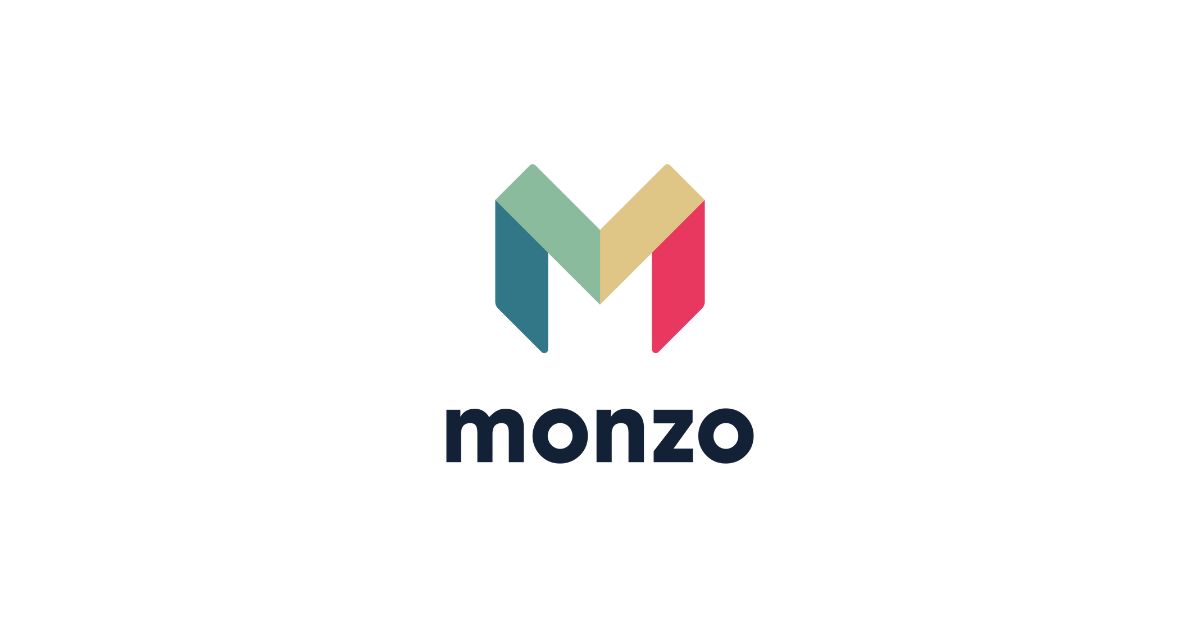How SaaS Companies Are Transforming Fintech?

The intersection of software development and financial services has brought about significant changes in how businesses and consumers manage finances. The emergence and growth of SaaS companies have played a pivotal role in the current fintech transformation, offering cloud-based solutions that drastically alter the landscape of financial transactions and services.
Cloud-based services provided by SaaS companies are overhauling traditional financial operations by introducing automated and integrated platforms that can be accessed anywhere, anytime. This flexibility is revolutionizing how we approach everything from banking to insurance, democratizing financial services and making them more accessible to a wider population.
The financial sector, ever in need of innovation to remain competitive and efficient, finds a perfect ally in SaaS companies. These companies deliver applications that meet the contemporary demand for real-time data analytics and decision-making tools. Enhanced data security measures and compliance with financial regulations are further benefits that strengthen the impact of this fintech transformation.
One of the most noteworthy impacts is the ability to offer personalized and improved customer service. With SaaS companies providing more agile software, financial institutions are now able to respond swiftly to customer inquiries and market changes. This has paved the way for a more dynamic financial environment where customer satisfaction and technological advancement go hand in hand.
The Role Of SaaS In Fintech
In the financial sector, SaaS platforms deliver on-demand computing services, facilitating everything from payments and lending to asset management. By reducing the need for on-premises infrastructure, SaaS has enabled financial institutions to streamline operations, enhance the user experience, and improve accessibility to financial services for a broader audience.
The advent of SaaS companies has led to the rapid deployment of innovative financial applications that can be updated and scaled according to market demands. These flexible services are built around the core principles of adaptability and customization, catering to the unique needs of each financial institution.
The fintech transformation powered by SaaS is significantly lowering the barriers to entry for startups and SMEs. Without the substantial costs associated with traditional IT infrastructure, smaller players can now compete with larger institutions, fostering a more inclusive financial ecosystem.
Lastly, SaaS solutions in the fintech space allow for better data management and analytics, empowering financial service providers to make informed decisions. The ability to gather and process large volumes of consumer data through cloud-based platforms has become an asset for personalized and predictive financial services.
Real-World Examples of SaaS Software In Financial Services
Today, numerous financial tools owe their capabilities to SaaS solutions. From accounting apps that allow real-time transaction tracking to automated wealth management systems, these SaaS products exemplify the flexibility and efficiency that mark the ongoing fintech transformation. With a focus on cost-effectiveness and user-friendliness, such examples demonstrate the critical role of SaaS companies in modern finance.
Besides tools for individual financial management, SaaS applications are also reshaping corporate finance. Platforms for expense management and procurement, such as cloud-based invoice processing systems, are increasingly adopted by businesses seeking to automate and improve financial workflows. This adoption not only streamlines the operations but also offers enhanced data analytics, leading to better decision-making and strategic financial planning.
On the banking front, numerous institutions have embraced SaaS for their core operations. Online banking solutions powered by SaaS are providing customers with seamless experiences in managing their accounts, executing transactions securely, and enjoying personalized banking services. These solutions illustrate the capacity of SaaS companies to continuously evolve the banking system to meet the changing needs of technology-savvy consumers.
The insurance sector is not left behind in this shift. InsurTech, powered by SaaS, has led to more sophisticated risk assessment tools, faster claim processing, and on-demand insurance products tailored to specific user needs. The agility that comes with SaaS platforms allows insurance firms to adjust quickly to market changes and client demands, ensuring the progress of fintech transformation across multiple facets of the industry.
Not to be overlooked are the SaaS-driven advancements in financial markets and trading platforms. These innovations have democratized access to stock markets, enabling both amateur and professional traders to make informed decisions with the help of sophisticated, yet user-friendly trading analysis tools. As such, SaaS companies serve as the backbone for a multitude of applications that are making financial markets more accessible than ever before.
Challenges in SaaS Financial Management
While SaaS offers an array of benefits, managing financial operations in a SaaS business model presents unique challenges. These include managing recurring revenue streams, customer retention, and handling complex billing cycles. Financial institutions must address these concerns to fully reap the benefits SaaS platforms offer.
Additionally, the dynamic nature of SaaS-based services requires robust financial planning and analysis. This approach must accommodate the fast-paced changes typical of the SaaS industry, such as frequent software updates and the continuous introduction of new features. Financial managers in the SaaS space must remain vigilant and adaptable to maintain fiscal stability and growth.
Another significant issue that merits attention is the importance of compliance and security within financial operations of SaaS companies. As these companies handle sensitive financial data, adhering to various regulations and ensuring the highest levels of data security is crucial for maintaining customer trust and avoiding legal consequences.
Lastly, SaaS companies face the requirement of developing advanced predictive models to forecast revenues and identify future financial trends. These predictive models are essential for strategic decision-making and long-term financial health, particularly in an industry characterized by subscription-based revenue models and high customer lifecycle value.
The Future Implications of SaaS in Financial Institutions
Looking ahead, the influence of SaaS on financial services promises to be profound, with an increasing number of institutions adopting cloud-based financial technology. This transition suggests a future where agility, innovation, and customer-centric payment solutions become industry standards, setting new benchmarks in the way financial services are delivered.
The adoption of SaaS in the financial sector points to a shift in operational models. Financial institutions are starting to pivot towards a service-oriented approach where cost efficiency and modularity allow for a quick response to market demands. This operational flexibility empowers these institutions to offer more diverse and sophisticated products and services, which can be continually updated to meet the evolving needs of businesses and consumers.
SaaS is set to play a crucial role in data security and regulatory compliance. With the increasing amount of sensitive financial data being stored and processed, SaaS providers are investing heavily in security features that comply with stringent industry standards. These measures not only protect against data breaches but also offer financial institutions peace of mind, enabling them to focus on their core business offerings.
Finally, the integration of SaaS applications in fintech is opening doors to global financial inclusivity. By lowering entry barriers for both providers and users of financial services, SaaS platforms are facilitating the expansion into underbanked regions. This not only creates new growth opportunities for financial institutions but also has the potential to improve the economic well-being of individuals and communities around the world.
Conclusion
The transformative impact of SaaS platforms is evident across various aspects of the financial sector. By providing automated and integrated solutions accessible anywhere and anytime, SaaS platforms have democratized financial services, making them more inclusive and responsive to diverse needs. These platforms empower financial institutions with real-time data analytics, enhanced security measures, and compliance with regulatory standards, fostering a more efficient and customer-centric financial environment.









